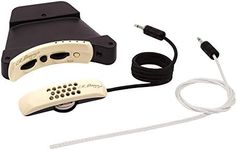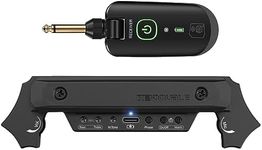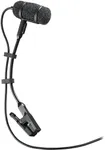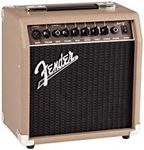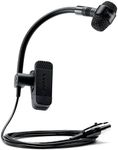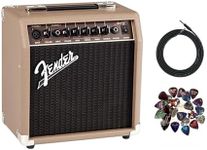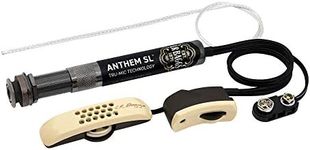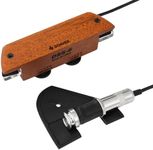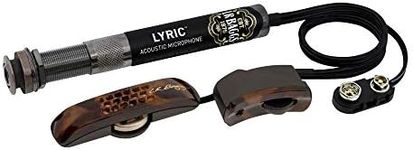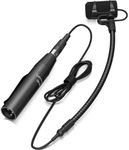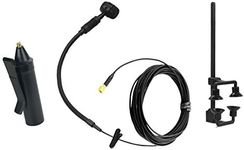Buying Guide for the Best Microphones Acoustic Guitar
Choosing the right microphone for recording an acoustic guitar is crucial to capturing the instrument's natural sound and nuances. The right microphone can make a significant difference in the quality of your recordings, whether you're a professional musician or a hobbyist. Here are some key specifications to consider when selecting a microphone for your acoustic guitar, along with explanations to help you make an informed decision.Microphone TypeMicrophones come in various types, such as dynamic, condenser, and ribbon. For acoustic guitars, condenser microphones are often preferred due to their sensitivity and ability to capture detailed sound. Dynamic microphones are more robust and can handle higher sound pressure levels, making them suitable for live performances. Ribbon microphones offer a warm, vintage sound but are more delicate. Choose a condenser microphone for studio recordings to capture the full range of your guitar's sound, or a dynamic microphone for live settings where durability is key.
Polar PatternThe polar pattern of a microphone determines how it picks up sound from different directions. Common patterns include cardioid, omnidirectional, and figure-8. Cardioid microphones pick up sound primarily from the front, reducing background noise, making them ideal for solo recordings. Omnidirectional microphones capture sound equally from all directions, which can be useful for capturing the ambiance of a room. Figure-8 microphones pick up sound from the front and back, useful for recording duets or multiple instruments. For most acoustic guitar recordings, a cardioid pattern is recommended to focus on the guitar and minimize background noise.
Frequency ResponseFrequency response refers to the range of frequencies a microphone can capture. A flat frequency response means the microphone captures all frequencies equally, while a tailored response emphasizes certain frequencies. For acoustic guitars, a microphone with a flat or slightly boosted high-frequency response is ideal, as it captures the natural brightness and detail of the instrument. Look for microphones with a frequency response range that covers at least 20 Hz to 20 kHz to ensure you capture the full spectrum of the guitar's sound.
SensitivitySensitivity measures how well a microphone converts sound into an electrical signal. Higher sensitivity microphones pick up quieter sounds more effectively, which is important for capturing the subtle nuances of an acoustic guitar. Sensitivity is usually measured in millivolts per pascal (mV/Pa). For recording acoustic guitars, a microphone with higher sensitivity (around 10 mV/Pa or higher) is generally preferred, as it will capture the instrument's delicate tones more accurately.
Self-NoiseSelf-noise is the inherent noise a microphone produces when no external sound is present. Lower self-noise is crucial for recording acoustic guitars, as it ensures a cleaner, clearer recording. Self-noise is measured in decibels (dB). Look for microphones with a self-noise level below 20 dB for the best results, as this will minimize any unwanted background noise in your recordings.
Max SPL (Sound Pressure Level)Max SPL indicates the highest sound level a microphone can handle before distorting. While acoustic guitars are not extremely loud, it's still important to consider this spec, especially if you play with a strong attack or use percussive techniques. A max SPL of at least 120 dB is generally sufficient for recording acoustic guitars, ensuring the microphone can handle dynamic playing without distortion.
